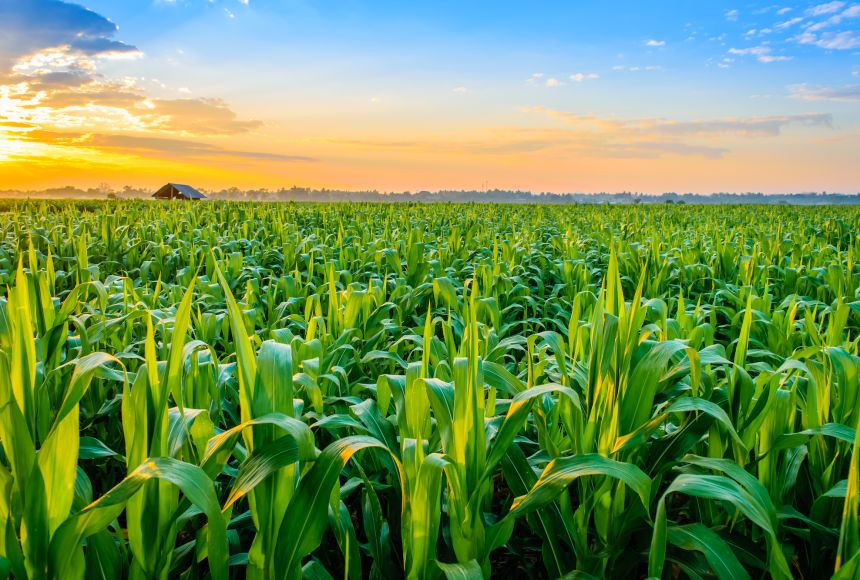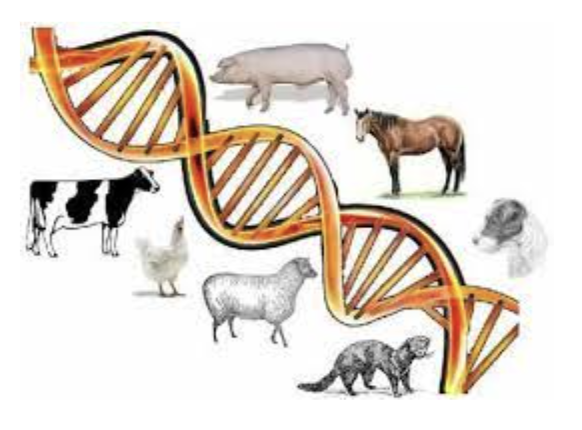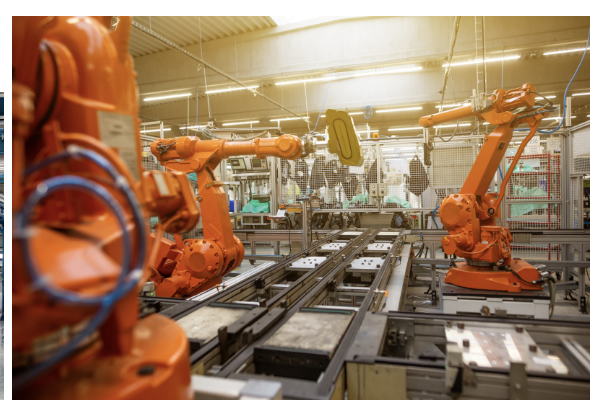
Crops and Agriculture
Overview
With the current world population, 50% of the world’s habitable land is used for agriculture. Australia’s main crops and agriculture are sugar cane, wheat and barley. This makes up around 55% of Australia’s land usage (427 million hectares), excluding the land used for lumber production. This also uses 24% of Australia’s water extraction(2,716 gigaliters used solely by agricultures between 2019-20). As 12% of all Australian products and goods are exported. Australian agribusiness is an integral part of our diet. Over 90% of the food Australians eat is produced domestically. Many Australians and rural-urban communities not only sustain our livelihoods but depend on the success of agriculture to enable their survival. Agriculture, forestry and fishing employ almost 3% of Australia’s workforce.
Current impact
Two current impacts that are affecting the Crop and Agriculture industries are Climate change and Social Trends.
- Climate change: Climate change and precipitation trends affect food prices, agricultural profitability and global market prices during periods of severe drought. For example, high feed costs mean farmers are destocking, and meat prices are rising. If tighter projections come true, climate change will affect where certain nuts, fruits and pastures grow, impacting livestock and dairy production. Fortunately, the adverse effects of agriculture on climate change are changing consumer culinary preferences. In recent years, the market demand for vegetable proteins has increased. Farmers adapt to this change, with Australians increasingly turning to plant-based products that mimic meat and dairy. Additionally, members of the National Farmers Federation recently voted in favour of a landmark climate change policy that supports an ambitious macroeconomic target of net carbon emissions by 2050. Farmers are already adopting strategies to mitigate the effects of climate change. This also includes no-tillage, in which the land is not tilled (not tilled) before sowing
- Social Trends: Social trends have come to pass as climate change have affect crops and agriculture that are consumed. Climate change and precipitation trends have affect food prices, agricultural profitability and global market prices. An example, is the rising feed costs during severe droughts force farmers to reduce inventories and raise meat prices. If tighter projections come to pass, climate change will affect where certain nuts, fruits and pastures grow and livestock and dairy production. Fortunately, the adverse effects of agriculture on climate change are changing consumer culinary preferences. In recent years, the market demand for vegetable proteins has increased. Farmers adapt to this change, and Australians increasingly turn to plant-based products that mimic meat and dairy.
Solution with A2B:
By utilizing A2B, it allows the user in this case being the producer of the crops and other agriculture. It allows them to achieve a number of things.
- The exchange of information: The underlying agro-food system is the critical data and information about the natural resources that underpin all forms of agriculture. As shown, data and information flow from inputs to outputs as products pass through the various stages of the value chain, and financial flows from results to inputs. Multiple actors and stakeholders generate and manage data and information according to their needs and capabilities. Smart agriculture is characterized by ICT, the Internet of Things (IoT), and various modern data collection and analysis techniques such as crewless aerial vehicles (UAVs), sensors, and machine learning. A key challenge in establishing smart agriculture is developing a comprehensive security system that facilitates the use and management of data. Traditional methods of centrally managing data are vulnerable to inaccurate data, distortion and abuse, and cyberattacks. For example, centralized government agencies with their interests typically collect environmental monitoring data. Manipulate data-related decisions. Blockchain technology is used to store data and information generated by various parties and stakeholders throughout the value-adding process, from seed to sale in the production of agricultural products. Ensure that data and information are transparent to involved parties and stakeholders and that all data collected is immutable.
- Food supply Chains: With increasing globalization and market competition, food supply chains are longer and more complex than ever. There are several common problems in the food supply chain, such as food traceability, food safety and quality, food trust and supply chain inefficiencies, which pose additional risks to the broader society, economy and people’s health. From a manufacturer’s perspective, blockchain technology helps build trust with consumers and product reputation by transparently providing individual product information on the blockchain. Companies can better achieve the value of their products and become more competitive. This keeps suppliers of fraudulent and substandard products on the market and makes it difficult for all suppliers to improve the quality of their products across the agri-food sector. From a consumer’s perspective, blockchain provides true and trusted information about how food is produced and traded. Help address consumer concerns about food safety, quality and environmental friendliness (Ge et al., 2017). Blockchain allows consumers to understand the food production process in a more convenient and detailed way, thus providing an opportunity to interact with producers. Support consumers by removing barriers to exchange, strengthening relationships and increasing consumer confidence in food safety. From a regulator’s perspective, blockchain provides reliable and accurate information for informed and efficient regulation.
- Increase in E-Commerce: Agricultural e-commerce and trading face several critical problems that must be resolved. First, as we have seen, consumers with higher overall trust are more likely to shop online, but it is not easy to see and trust basic information about produce. On the other hand, cash on delivery and logistics services are the most critical challenges for e-commerce companies. Especially in developing countries, e-commerce retailers must process small and time-consuming orders with various items. Blockchain technology can provide suitable solutions to many aspects of these problems. Information Security. Blockchain technology offers private key cryptography, a powerful tool for meeting authentication requirements. It enables secure and immutable linking of data on growing and harvesting agricultural products. Supply chain management; By lowering the cost of signalling for each entity, blockchain technology may enable supply chain management more efficiently than traditional monitoring mechanisms. Each link in the supply chain (Producer, Origin, Carrier, Destination, Intermodal, Warehouse, Last Mile) represents a “block” of information with the benefits of visibility, aggregation and verification. , automation and resilience. Payment method. Blockchain provides a tariff-free digital payment solution. Additionally, using cryptocurrencies to trade agricultural commodities significantly reduces transaction costs.
Benefits and opportunities:
-Allows the farmers to learn from each other from their methods
-Gives them a quick and easy way to connect with people incase of events that can occur(Drought, Flood, etc)
-Shows the consumers how the crop and animals are raised
-Stores and links necessary documentation such as Grazing rights, native landholders, etc information for the producers





